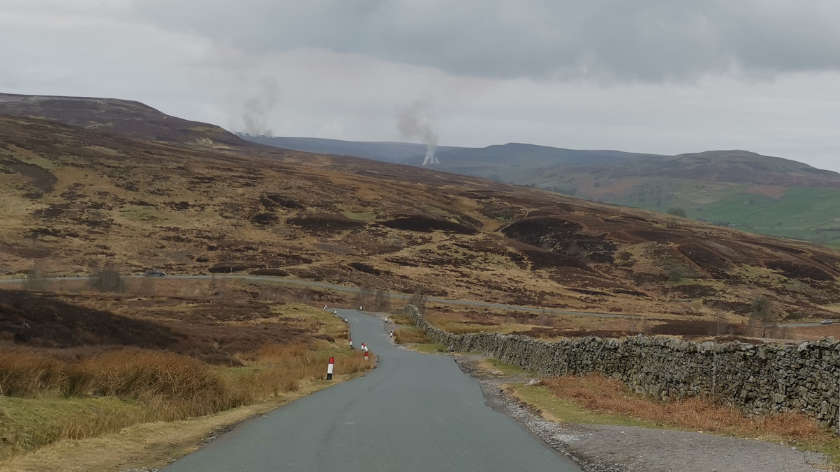
A wider ban on heather burning on England's moorlands would put lives at risk from catastrophic wildfires, landowners in the region have warned.
Plans announced this week by Defra would extend a ban introduced in 2021 to a further 146,000 hectares of deep peat uplands including large swathes of moorland in the Yorkshire Dales, the North York Moors and the Peak District.
Under the proposal, the definition of ‘deep peat’ would be revised to include peat over 30cms deep rather than the previous measure of 40cms.
The designated area for the ban would also be widened to include land designated as ‘less favourable’.
Any burning would need to be done under strict license where there is a clear need such as reducing wildfire risk.
Defra, which says it has the support of Natural England (NE) for the extended ban, said the move would improve air quality in villages, help the country reach net zero by 2050 and expand wildlife-rich habitats.
Nature Minister Mary Creagh said:
“Our peatlands are this country’s Amazon Rainforest – home to our most precious wildlife, storing carbon and reducing flooding risk.
“The UK has 13% of the world’s blanket bog.
"A rare global habitat, it is a precious part of our national heritage, and that is why we‘re announcing a consultation on these measures to ensure deep peat is better protected.
“These changes will benefit communities by improving air and water quality, and protect homes and businesses from flood damage, which supports economic stability and security under our plan for change.”
Heather is often burned on moorland used by grouse shoots as it allows more nutritious shoots to grow that are favoured by the birds and other wildlife.
But rural landowners say the practice is also vital to prevent wildfires by controlling the fuel load.
Darren Chadwick, from the Yorkshire Dales Moorland Group, which represents rural estates in the area, said Defra and Natural England had both conceded that the science behind the ban was contentious and included a lack of research in relation to wildfires.
He added:
“For this reason we cannot understand why any government agency would make potentially catastrophic proposals in the absence of comprehensive and definitive research.
“Until all-encompassing studies are carried out into the effects of cool burning the group is of the opinion that these proposals are motivated by political influences and not science.
“Without thorough long-term research and a conclusive understanding of moorland management being in place, we think this is just a case of Defra and NE being puppeted by the government to meet questionable targets on carbon emissions.”
The Moorland Association chief executive Andrew Gilruth said a huge fire on Saddleworth Moor in 2018 occurred on an area where preventative burns had effectively been banned.
He added:
“The fire service report into Saddleworth Moor showed that fires of this nature stop when they want to stop.
"It basically stopped when the weather changed and it started to rain.
“Our concern is that government policy will only change when someone is killed.”
Mr Gilruth said that although licences to burn heather could be applied for in theory, very few were granted and land managers were no longer trying.



 £715,000 Men's Mental Health Investment Fund approved
£715,000 Men's Mental Health Investment Fund approved
 Silsden Proms on the Farm raises £5,000 for local charities
Silsden Proms on the Farm raises £5,000 for local charities
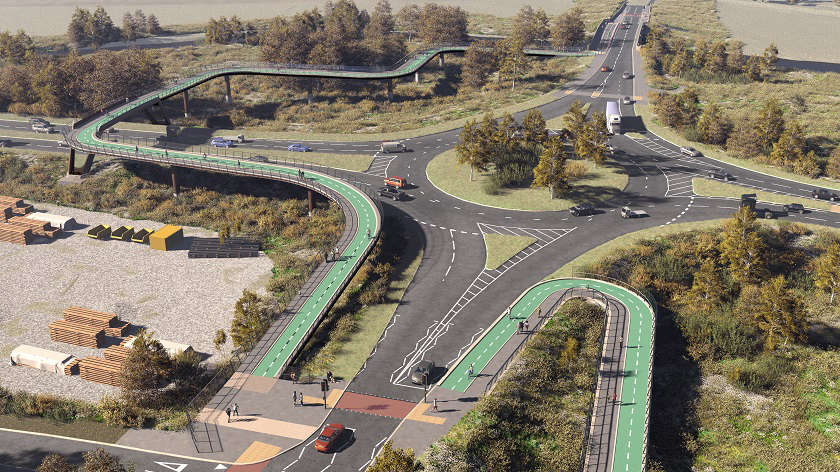 Public feedback shapes Steeton and Silsden pedestrian and cycle bridge plans
Public feedback shapes Steeton and Silsden pedestrian and cycle bridge plans
 Home-to-school transport change has created 'summer of stress' for worried parents
Home-to-school transport change has created 'summer of stress' for worried parents
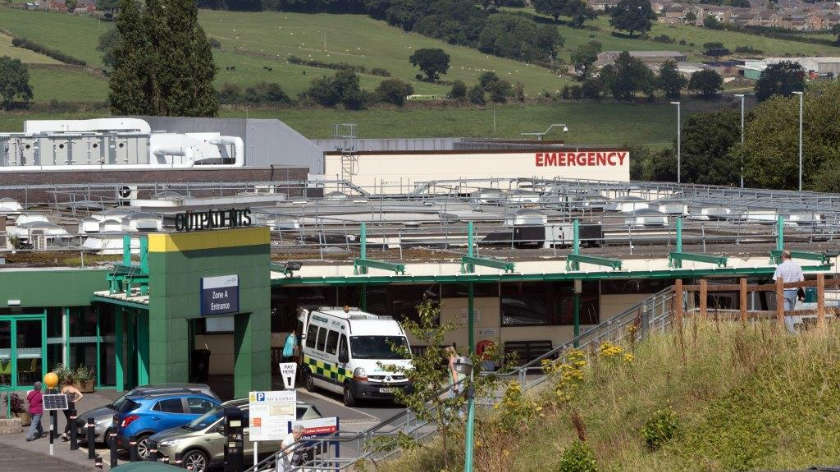 Airedale bosses make plea ahead of doctors strike action
Airedale bosses make plea ahead of doctors strike action
 Tenants welcome new standards for region's council homes
Tenants welcome new standards for region's council homes
 Hotel staff in Skipton take on Trek26 to support Alzheimers
Hotel staff in Skipton take on Trek26 to support Alzheimers
 Airedale Hospital workers to vote on strike action
Airedale Hospital workers to vote on strike action
 North Yorkshire pubs and cafes set to pay more for outdoor seating licence
North Yorkshire pubs and cafes set to pay more for outdoor seating licence
 Ryder Cup captain to host sixth Yorkshire Invitational golf tournament
Ryder Cup captain to host sixth Yorkshire Invitational golf tournament
 Skipton gears up for Yorkshire Day celebrations
Skipton gears up for Yorkshire Day celebrations
 Airedale Hospital & Community Charity encourages submissions for second ‘Menu of Poems’
Airedale Hospital & Community Charity encourages submissions for second ‘Menu of Poems’
 Missing Glusburn man may be in Leeds
Missing Glusburn man may be in Leeds
 Northern to name train after rugby legend Rob Burrow
Northern to name train after rugby legend Rob Burrow
 Local solicitors named best in North Yorkshire
Local solicitors named best in North Yorkshire
 Hosepipe ban to continue, despite rainfall
Hosepipe ban to continue, despite rainfall
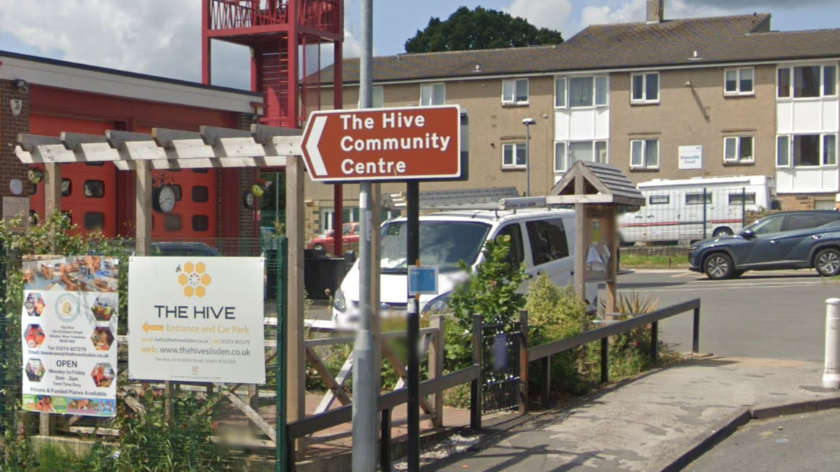 Warnings for safety after Silsden kids call for pump track by The Hive
Warnings for safety after Silsden kids call for pump track by The Hive
 Town Council announce return of Skipton Snapshot Festival
Town Council announce return of Skipton Snapshot Festival
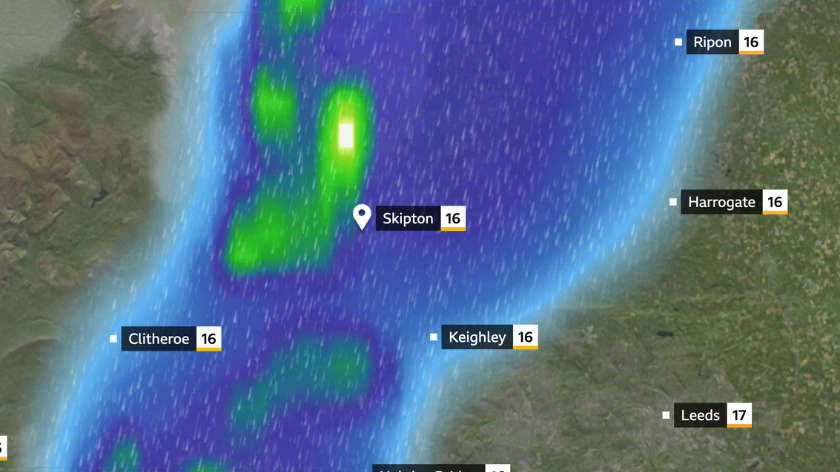 Thunderstorm warning issued for Skipton
Thunderstorm warning issued for Skipton
 Leeds Bradford to launch extra daily service to Amsterdam
Leeds Bradford to launch extra daily service to Amsterdam




